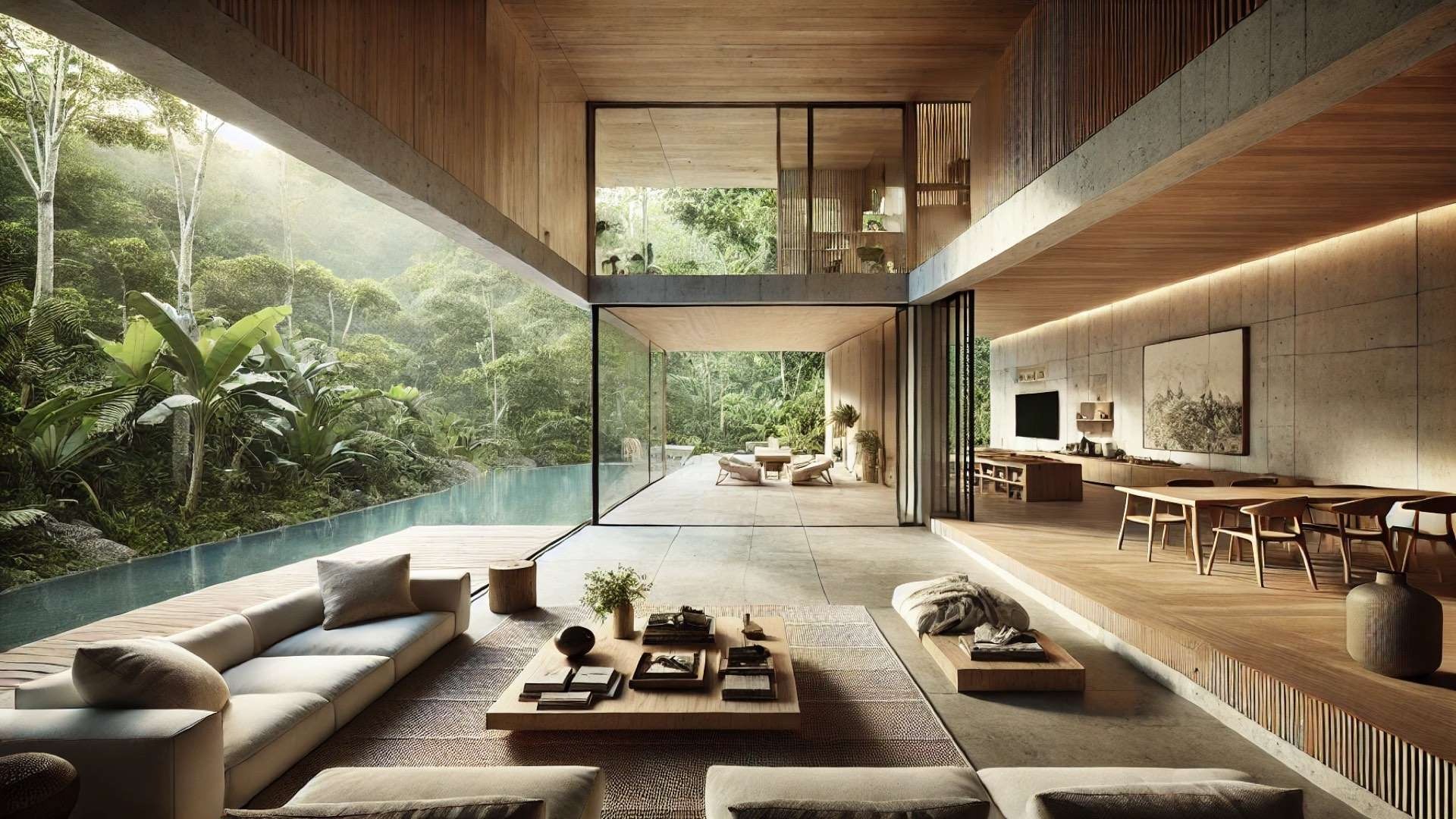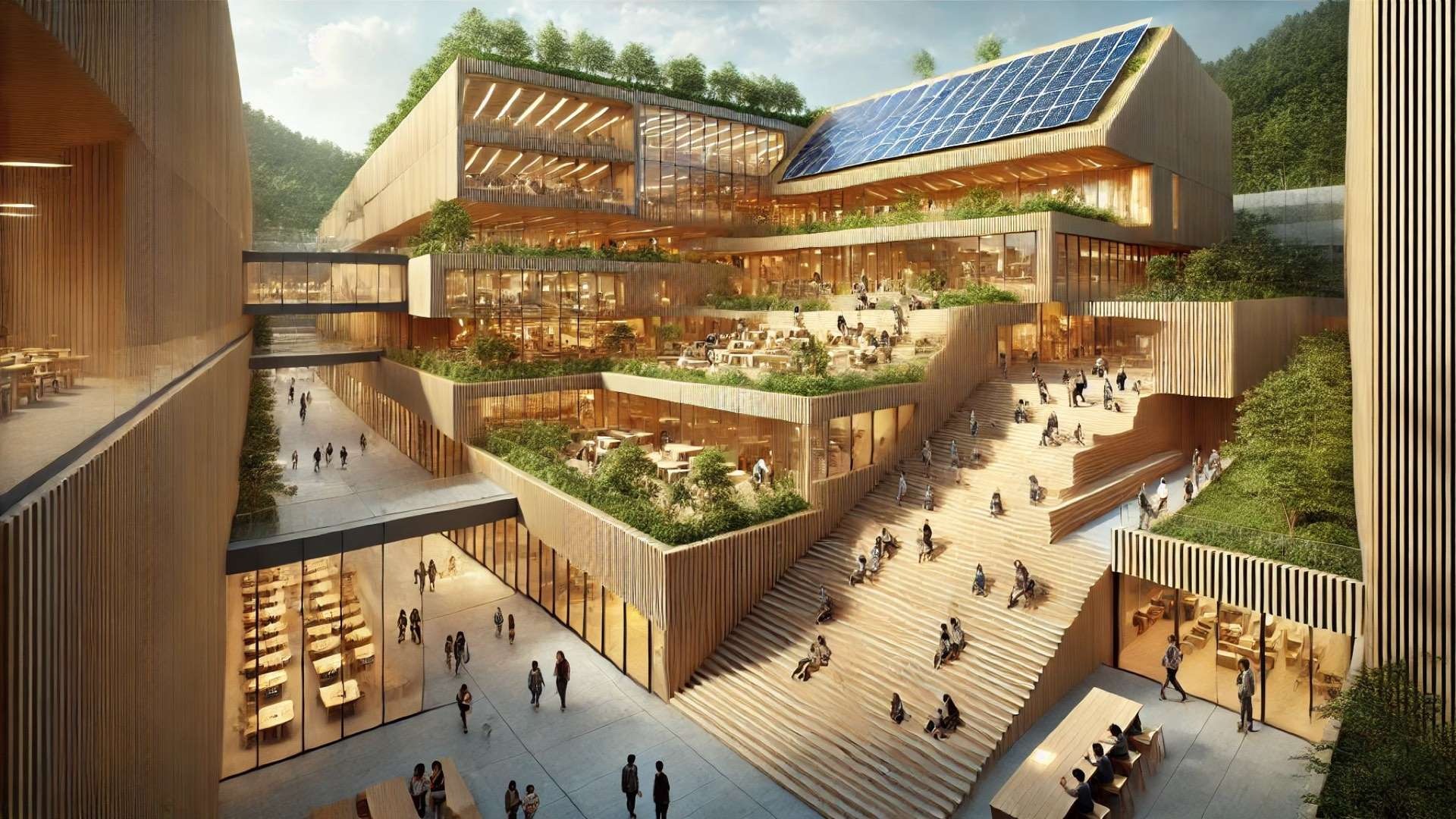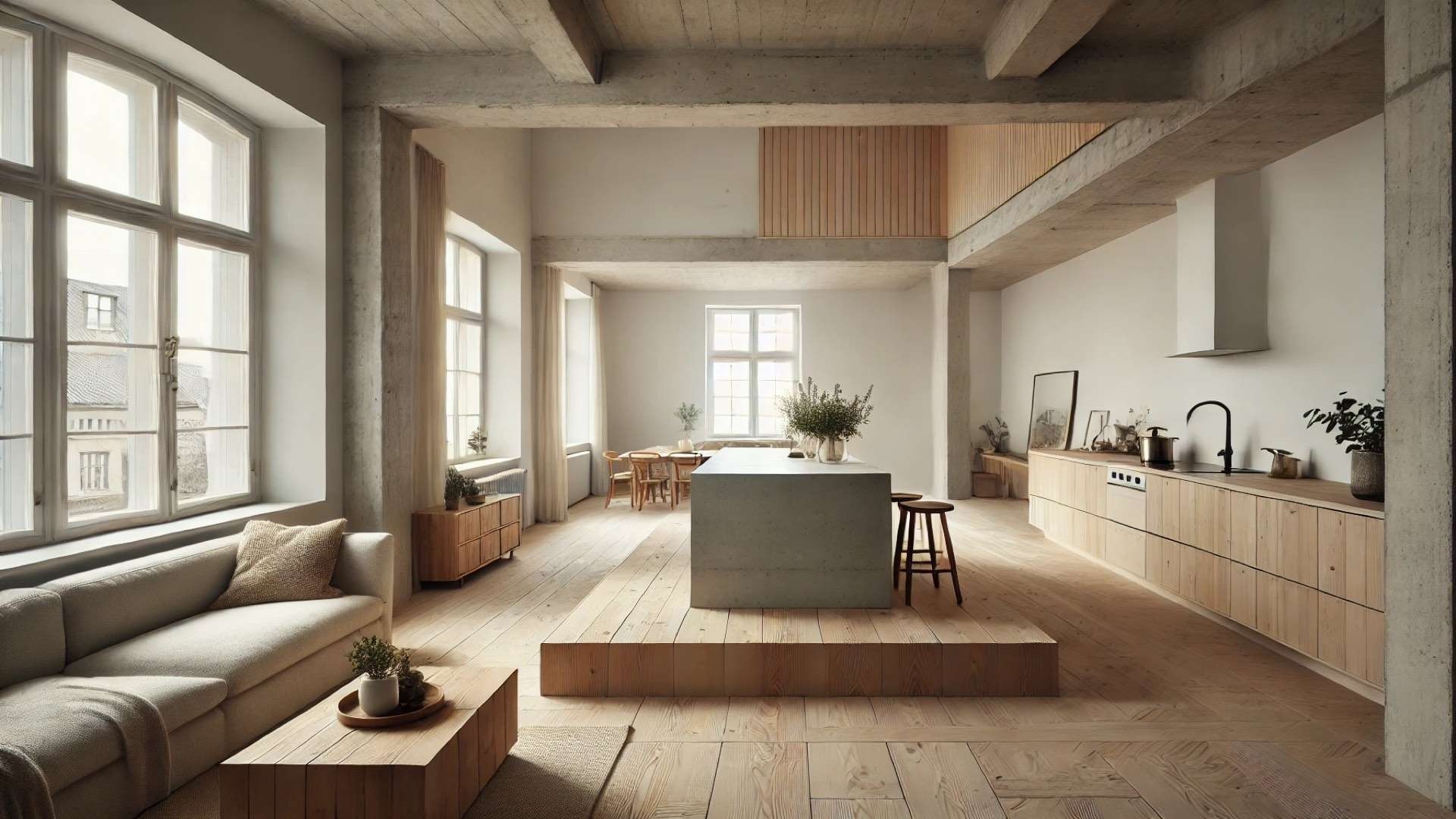
The Visionary Plan for Busan's Hillsides
OMA's innovative approach to the hillside areas of Busan, South Korea, is not just about residential planning; it's about rejuvenating the very essence of community life. The proposed masterplan aims to transform the city’s slopes into vibrant, interconnected habitats. Providing a careful blend of modern architecture and the historical context of informal neighborhoods, this plan, developed in partnership with the Busan Architecture Festival, reestablishes the social fabric of these neighborhoods.
A Contemporary Framework for Tradition
In the wake of the Korean War, Busan became a haven for refugees, leading to the creation of unique hillside communities. These neighborhoods, constructed from salvaged materials, epitomized resilience and creativity. OMA's study acknowledges this rich legacy, proposing a masterplan that retains essence while accommodating modern necessities. As Chris van Duijn, leading architect at OMA, stressed, the focus remains on enhancing connectivity through pedestrian-focused corridors, thus linking home, school, and social spaces in ways that support daily life and community interaction.
Housing Types that Cater to the Landscape
The masterplan introduces four primary residential types: terrace houses, urban villas, row units, and towers, each designed to respect the natural slopes and sights of Busan. The terrace houses will nest cleverly into the hillside, urban villas will anchor bustling urban centers, row houses will align gracefully with ridgelines, and towers will stand defiantly atop high points, offering stunning views. This thoughtful arrangement not only considers aesthetics but also the practicalities of slope, solar access, and community needs.
Embracing the Community Spirit
Gone are the days of isolating structures that overlook the importance of social interaction. The OMA design emphasizes communal outdoor spaces, creating inviting terraces and small squares where residents can engage with their surroundings. Imagine vibrant community gatherings, children playing, and neighbors walking together—an architecture of connection rather than division.
Driving Towards Sustainable Luxury
This proactive approach towards reimagining Busan's hillsides speaks volumes about the future of urban planning. By meticulously studying the existing urban fabric, OMA merges sustainable practices with luxury living. Potential investors and high-net-worth individuals will surely recognize the inherent value in properties that are not only aesthetically pleasing but also community-focused and environmentally conscious, enhancing both personal ROI and the overall neighborhood vitality.
Conclusion: A Glimpse into the Future
The OMA-led endeavor to transform Busan's hillside areas is a bold statement about the future of living spaces. It urges every stakeholder to recognize the importance of community and connectivity in urban landscapes. For property owners and investors looking to maintain historical elegance while embracing modernity, the Busan slope housing project offers a fascinating case study. To stay informed on the latest trends in design and architecture, consider diving deeper into sustainable luxury and architectural evolution.
 Add Row
Add Row  Add
Add 




Write A Comment